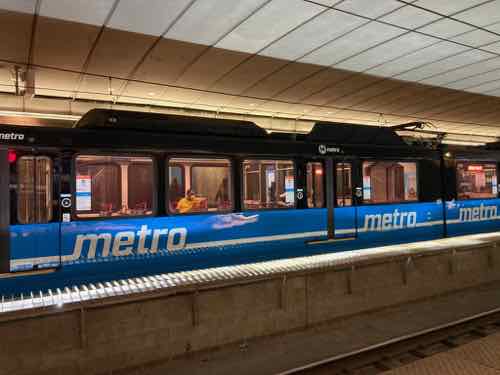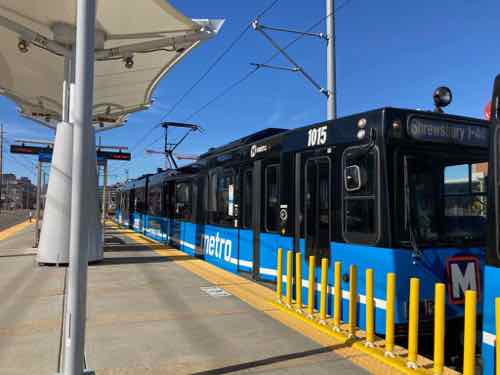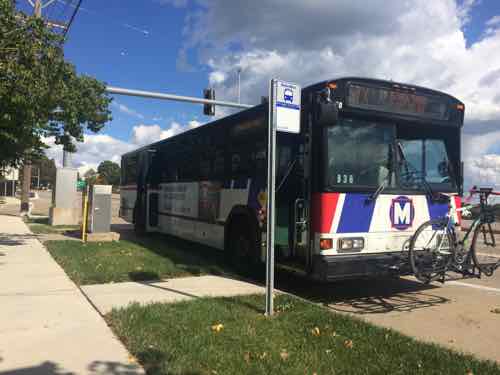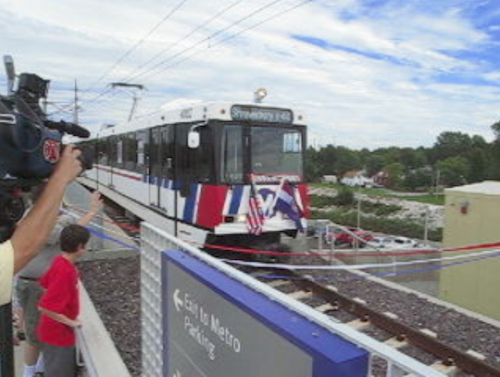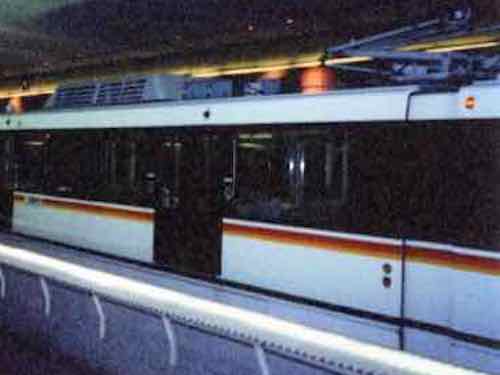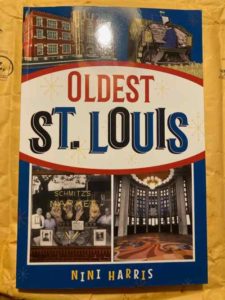March 2nd Non-Partisan Ballot Is Set
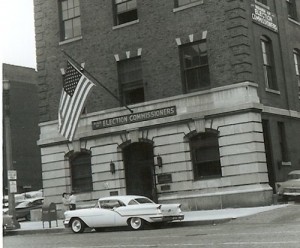
Seven weeks from today, Tuesday March 2, 2021, St. Louis will hold its first non-partisan election for aldermen & mayor. Additionally, it’s the last election where half the aldermen means 14.
This year happens to be the odd-numbered wards up for election — to a special two-year term. A couple of even-numbered wards also have elections to fill an unexpired term. In two years the total number of aldermen will drop from 28 to 14, then 7 will get an initial 2-year term and 7 the usual 4-year terms. Once the census numbers are know redistricting will begin.
Unlike past elections, the winners now must have more than 50% of the votes, so in a race with 3 or more candidates and nobody achieves the 50% threshold a runoff election will be held on April 6, 2021. Any runoff would be the top two candidates only. It’s unclear to me what would happen if two or more candidates tied for second place.
For decades partisan candidates paid a filing fee to the political party they were running for, usually Democrat. Independent candidates had to collect signatures to get on the general election ballot. Now every candidate is independent and must collect signatures to be included on the ballot. Some declared candidates are not on the ballot because their petitions didn’t contain enough signatures of registered voters.
Additionally this is the first time voters get to vote for more than one candidate in each race on their ballot.
Okay, let’s take a look at the races & candidates on the March 3rd ballot, here in reverse order:
WARD 27 — includes parts or all of: Walnut East & West, North Point, and Baden neighborhoods.
– Mary Ann Jackson is the only candidate. The incumbent is Pam Boyd.
WARD 25 — includes parts or all of: Carondelet, Dutchtown, and Mount Pleasant neighborhoods.
– Shane Cohn, the incumbent, is the only candidate. I ran for this seat 16 years ago, 4 years before Cohn won in 2009.
WARD 23 — includes parts or all of: Lindenwood Park, Ellendale, Clifton Heights, and North Hampton neighborhoods.
– Joseph A. Vaccaro, Jr., the incumbent, is the only candidate.
WARD 21 — includes parts or all of: Kingshighway East, Greater Ville, O’Fallon, Penrose, and College Hill neighborhoods. This ward has six (6) candidates and is the most likely to have a runoff election on April 6th.
– Laura Keys, current Democratic committeewoman
– Travon Brooks
– Melinda L. Long, a former alderwoman for this ward
– John Collin-Muhammad, current alderman
– Ticharwa Masimba
– Barbara Lane
WARD 19 — includes parts or all of: Shaw, Tiffany, The Gate District, Midtown, Vandeventer, and Covenant/Grand Center neighborhoods.
– Cleo Willis, Sr.
– Marlene E. Davis, incumbent
WARD 17 — includes parts or all of: Shaw, Botanical Heights, Tiffany, Midtown, Central West End, Forest Park Southeast, Kings Oak, and Cheltenham neighborhoods. Longtime alderman Joe Roddy announced last year he wouldn’t seek another term.
– Don De Vivo
– Tina Pihl
– Kaleena Menke
– Michelle Sherod
WARD 15 — includes parts or all of: Tower Grove South, Dutchtown, Gravois Park, Tower Grove East, and Benton Park West neighborhoods.
– Jennifer Florida, another former alderwoman running
– Alexander J. Gremp
– Megan Ellyia Green, incumbent
WARD 13 — includes parts or all of: Carondelet, Holly Hills, Boulevard Heights, Bevo Mill, Princeton Heights, Southampton, and Dutchtown neighborhoods.
– Anne Schweitzer
– Beth Murphy, incumbent
WARD 12 — includes part or all of: Boulevard Heights, Princeton Heights, St. Louis Hills. Larry Arnowitz resigned last year.
– Joe Rusch
– Bill Stephens
– Vicky Grass, incumbent from special election
WARD 11 — includes parts or all of: Carondelet, Patch, Holly Hills, Boulevard Heights, and Mount Pleasant neighborhoods.
– Sarah Wood Martin, incumbent
WARD 9 — includes parts or all of: Dutchtown, Mount Pleasant, Marine Villa, Gravois Park, Kosciusko, Soulard, Benton Park, Tower Grove East, and Benton Park West neighborhoods.
– Ken A. Ortmann, former alderman
– Dan Guenther, incumbent
WARD 7 — includes parts or all of: Kosciusko, Soulard, Benton Park, McKinley Heights, Fox Park, Compton Heights, Lafayete Park, Downtown, Downtown West, and Near North Riverfront neighborhoods.
– Shedrick (Nato Caliph) Kelley
– Jack Coatar, incumbent
WARD 5 — includes parts or all of: Downtown West, JeffVanderLou, St. Louis Place, Carr Square, Columbus Square, Old North St. Louis, Near North Riverfront, and Hyde Park neighborhoods.
– Tammika Hubbard, incumbent
– James Page
WARD 4 — includes parts or all of: Lewis Place, Kingshighway East, Greater Ville, The Ville, and Vandeventer neighborhoods. Sam Moore died in 2020, this election is for the remainder of the term.
– Edward McFowland
– Leroy Carter
– Dwinderlin (Dwin) Evans, incumbent from special election
WARD 3 — includes parts or all of: JeffVanderLou, St. Louis Place, Hyde Park, College Hill, Fairground, and O’Fallon neighborhoods.
– Brandon Bosley, incumbent
– Herdosia Kalambayi Bentum
WARD 1 — includes parts or all of: Wells/Goodfellow, Kingshighway East & West, Penrose, Mark Twain, and Walnut Park East neighborhoods.
– Loren Watt
– Sharon Tyus, incumbent
– Yolanda Brown
COMPTROLLER — citywide
– Longtime Comptroller Darlene Green is again unchallenged.
MAYOR — citywide. Mayor Lyda Krewson isn’t seeking a second term.
– Andrew Jones
– Tishaura O. Jones
– Cara Spencer
– Lewis Reed
So those who are unchallenged will be re-elected. The races with only two candidates will be decided on March 2nd. Races with 3 or more candidates might be decided on Election Day — if one gets at least 50% of the votes.
School board elections and any runoff races will be Tuesday April 6, 2021.
— Steve Patterson


